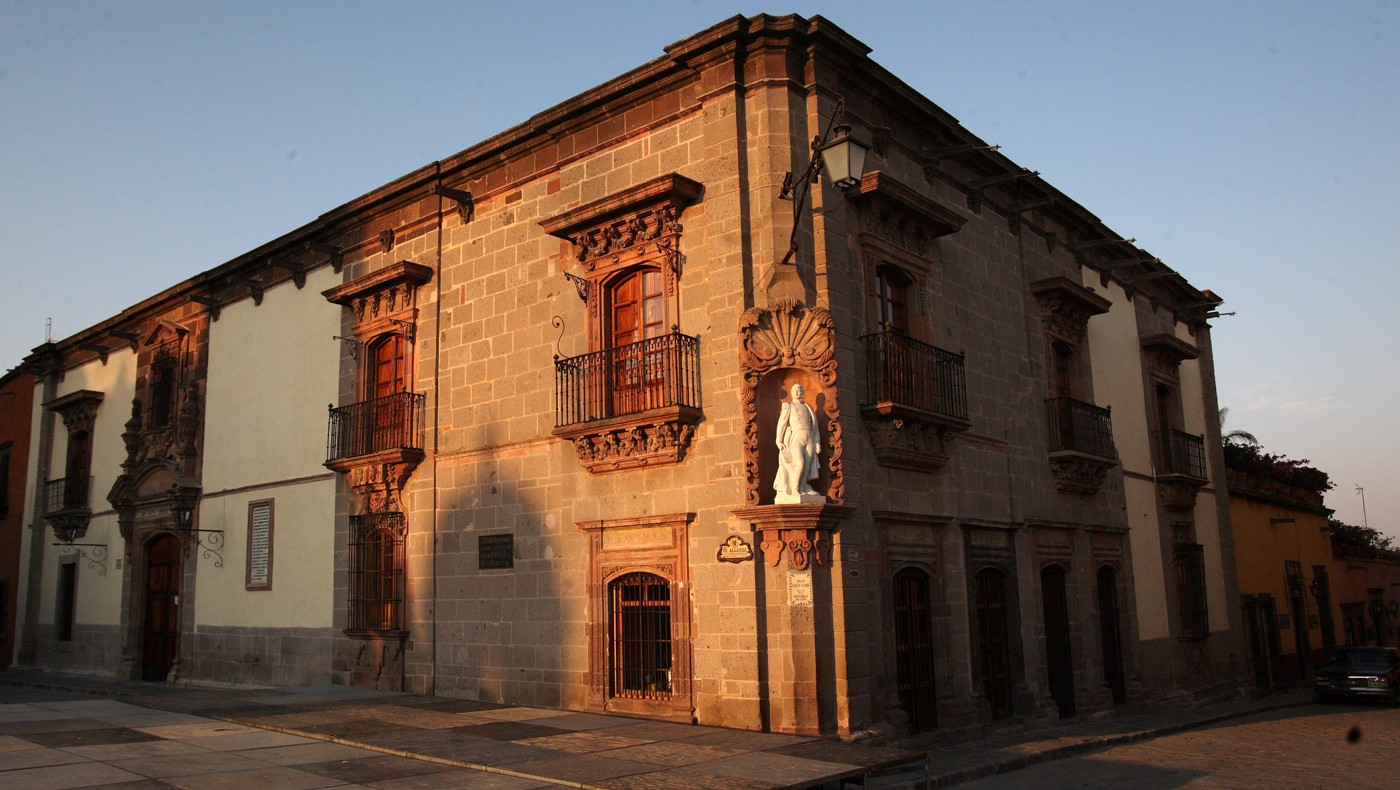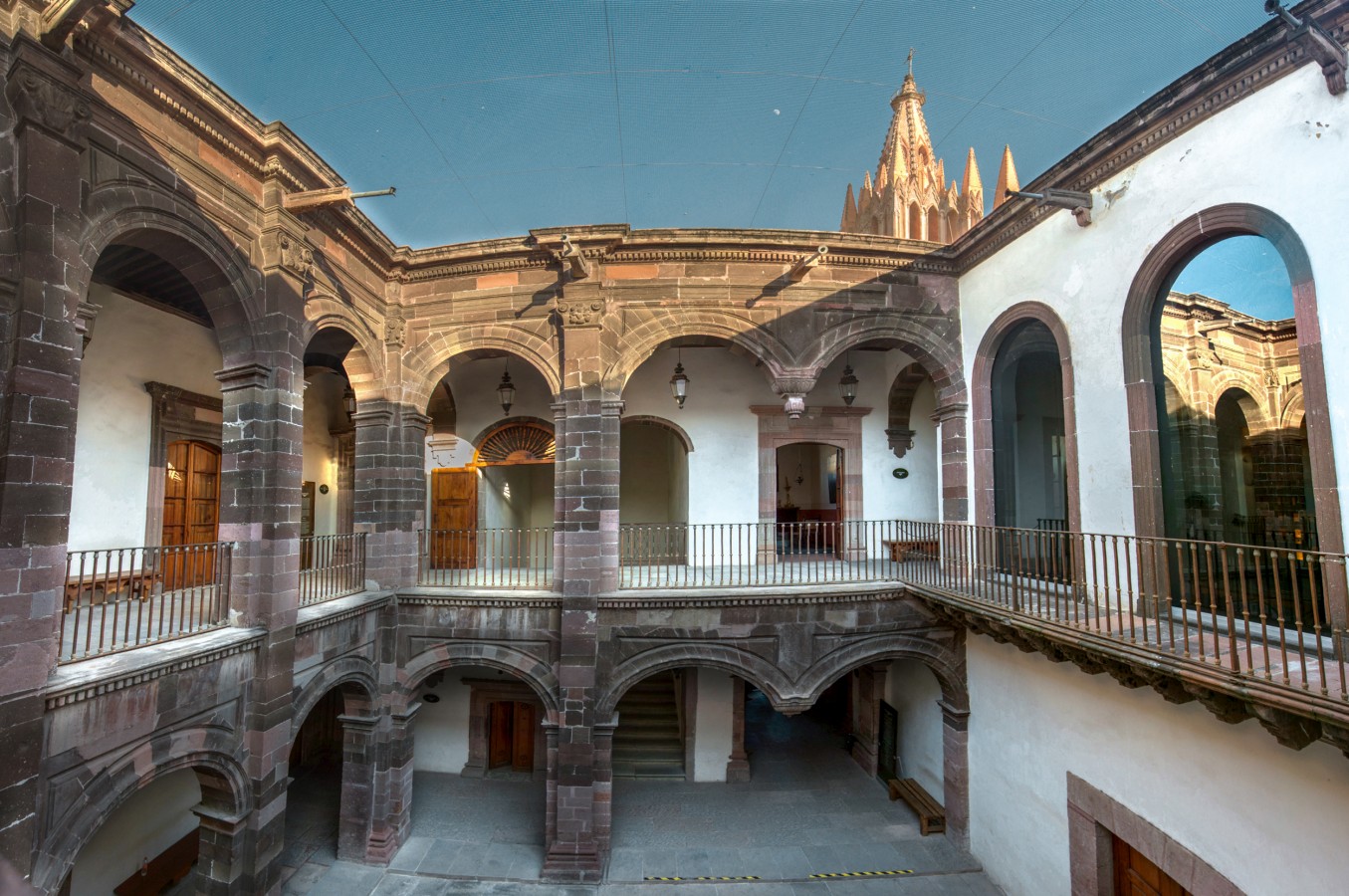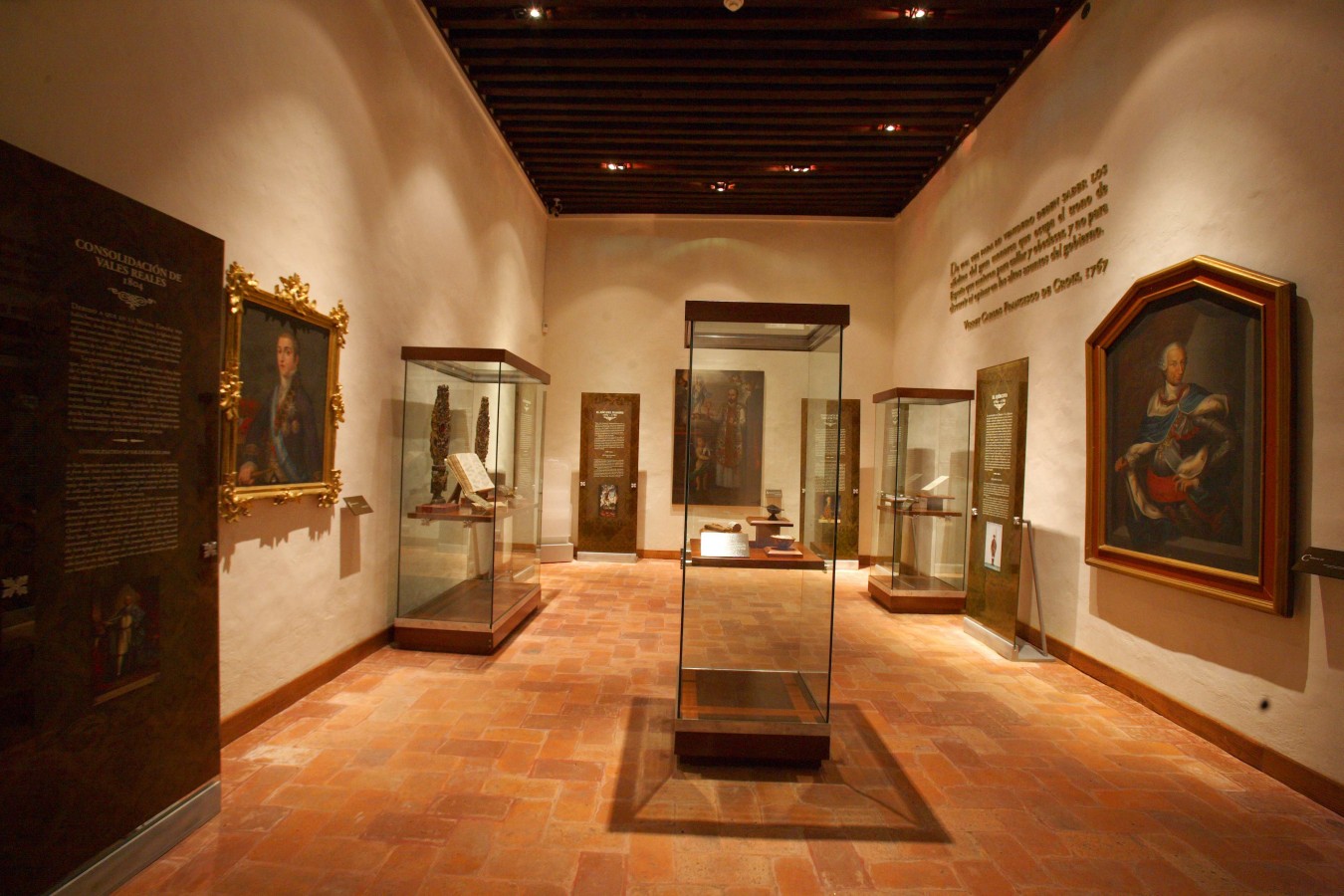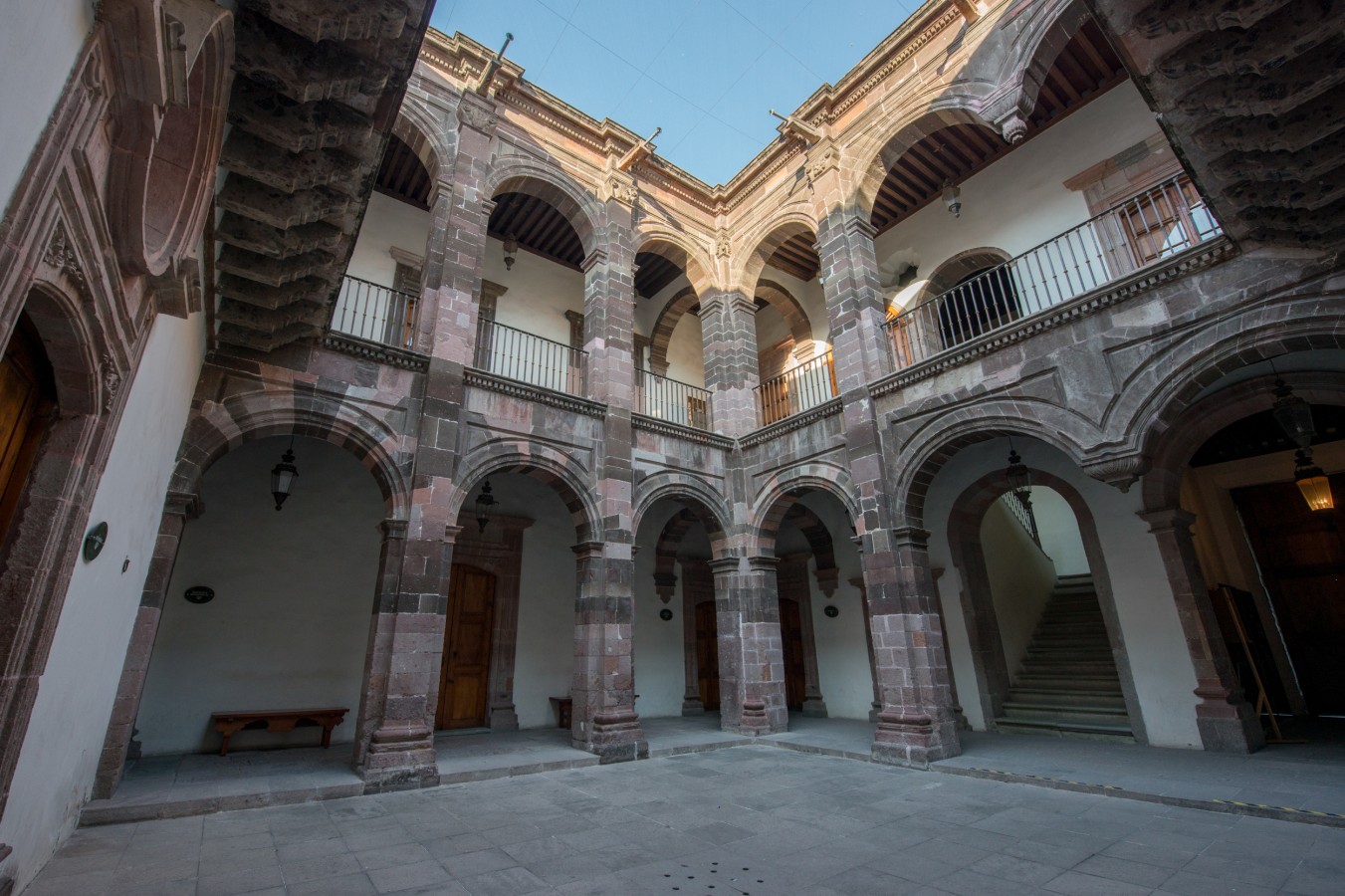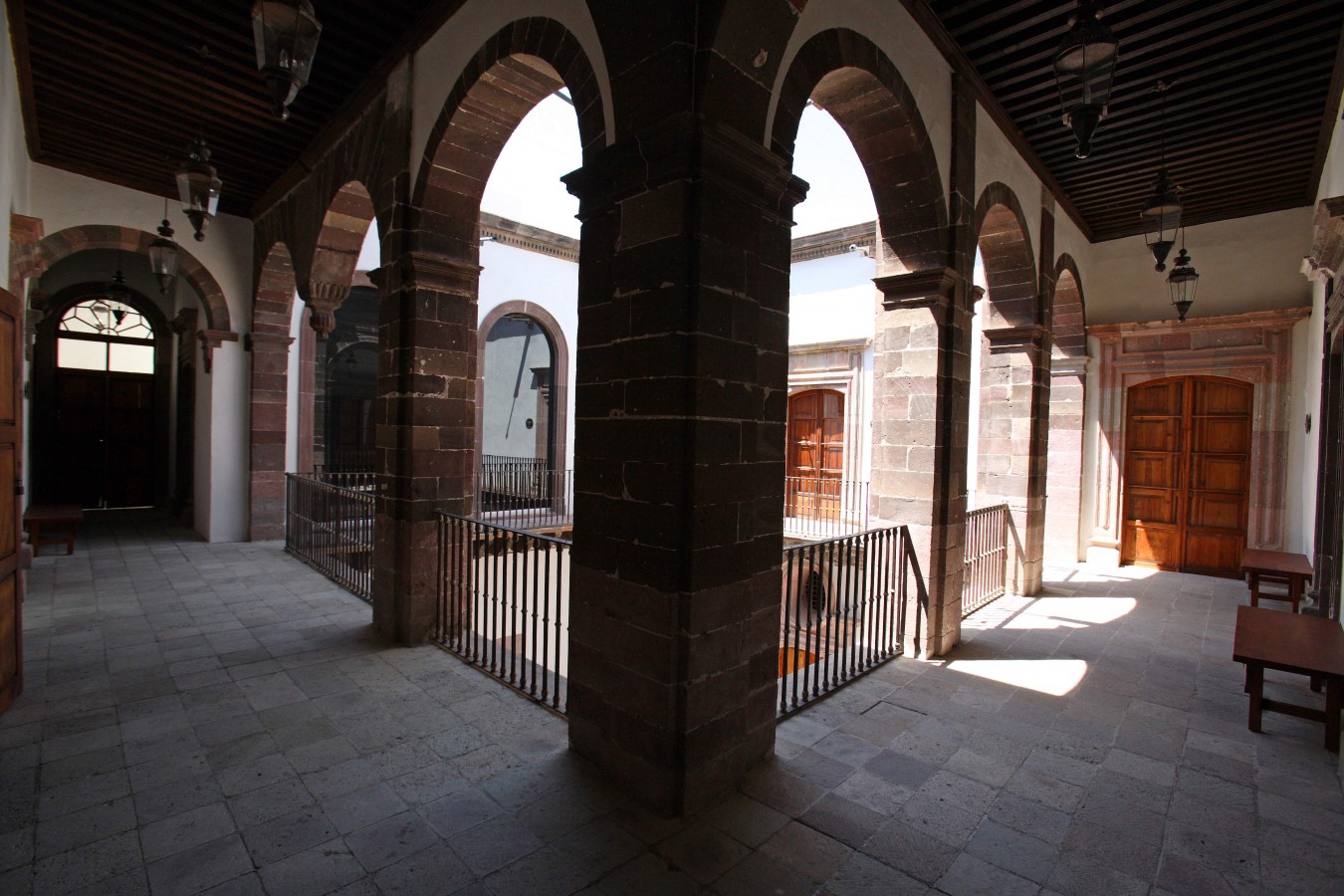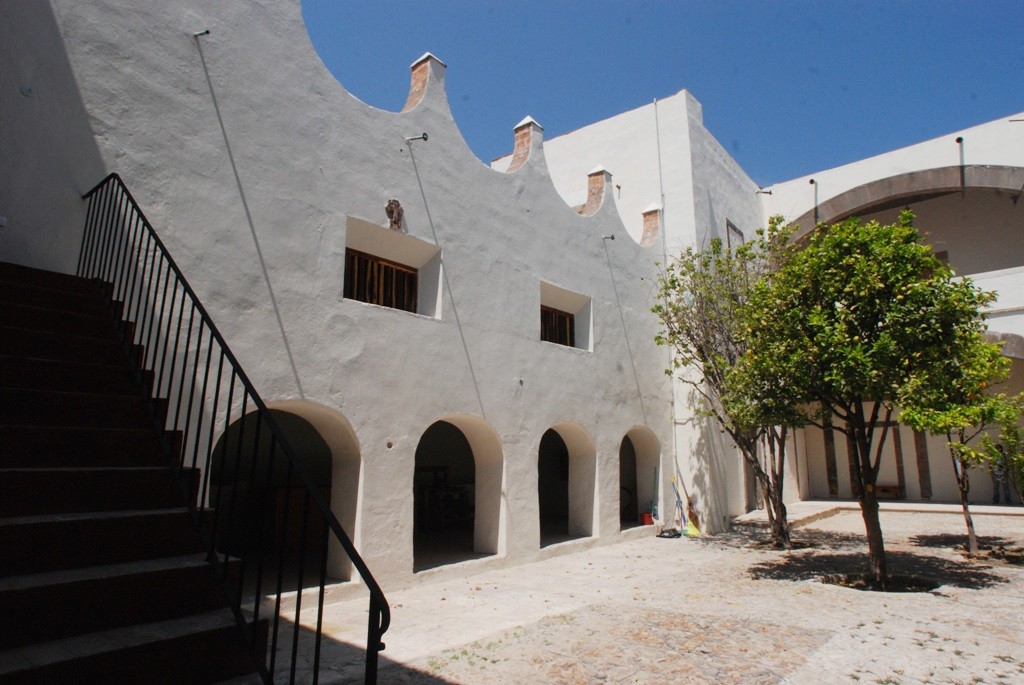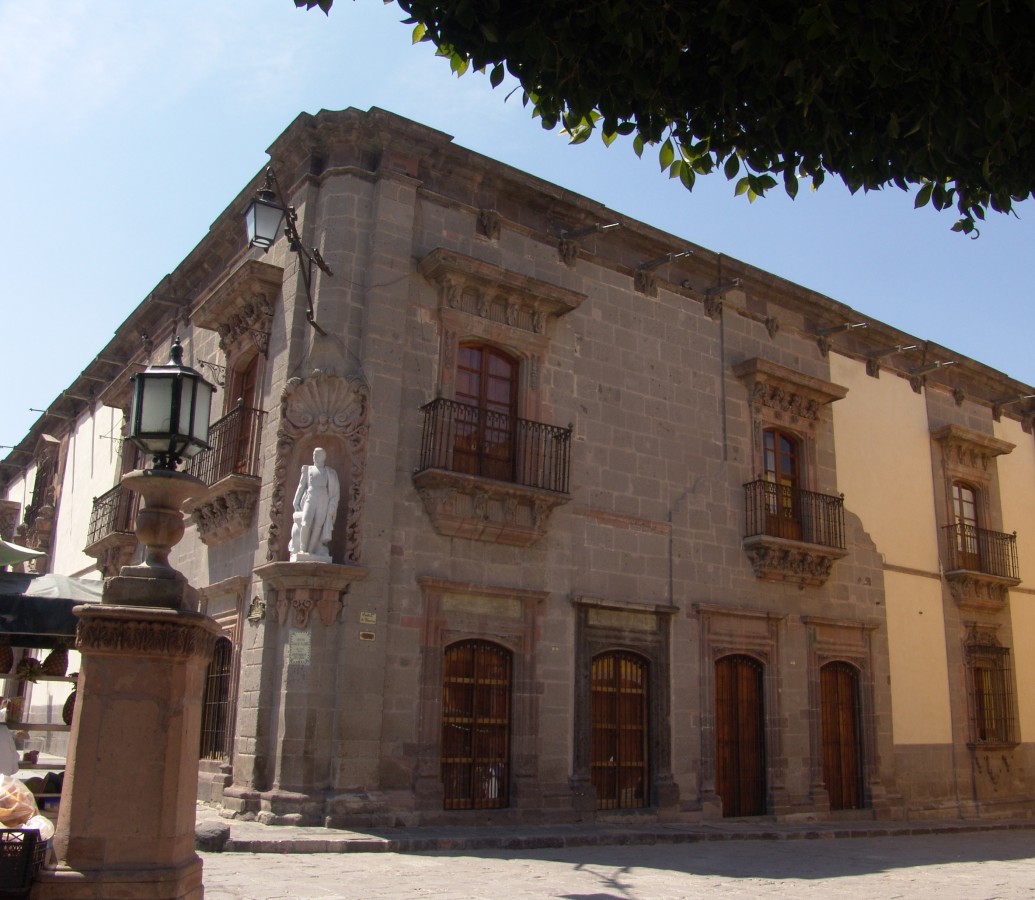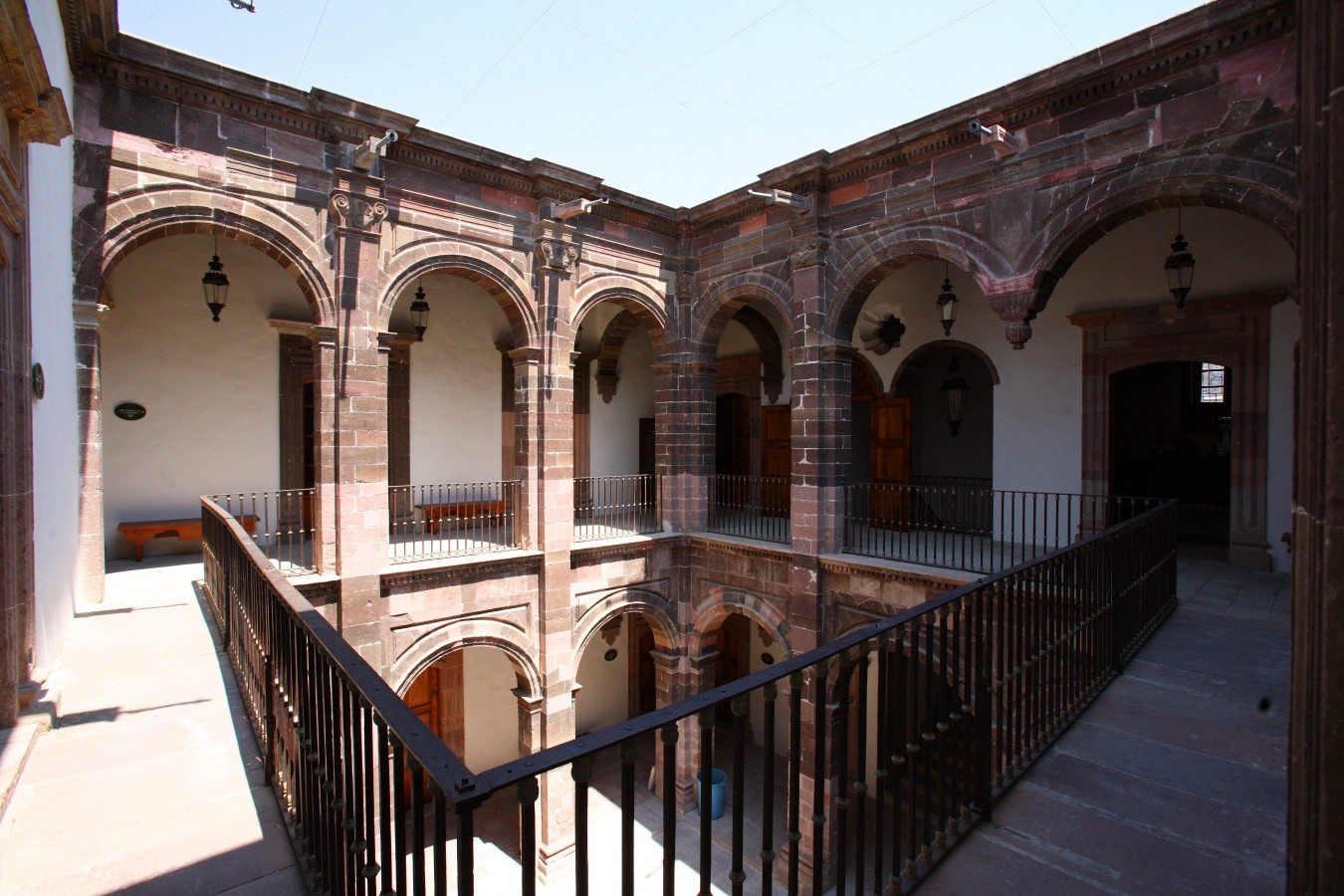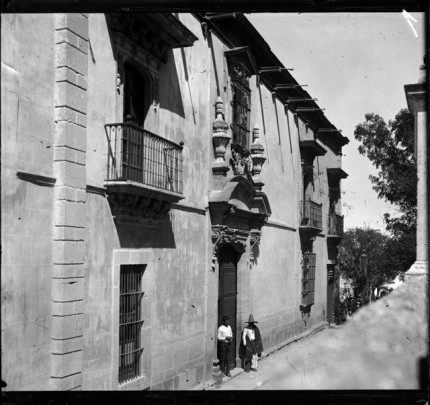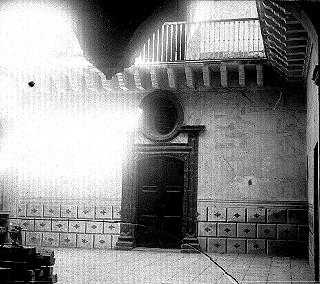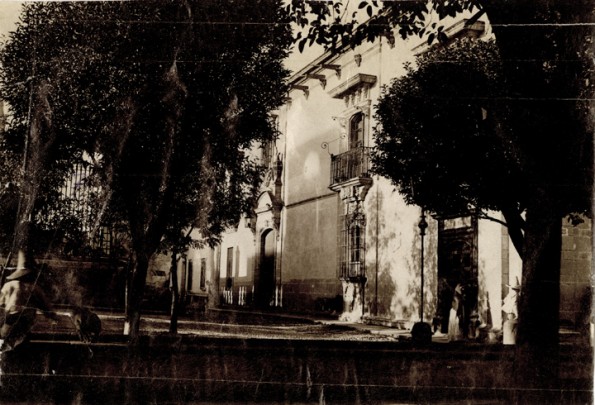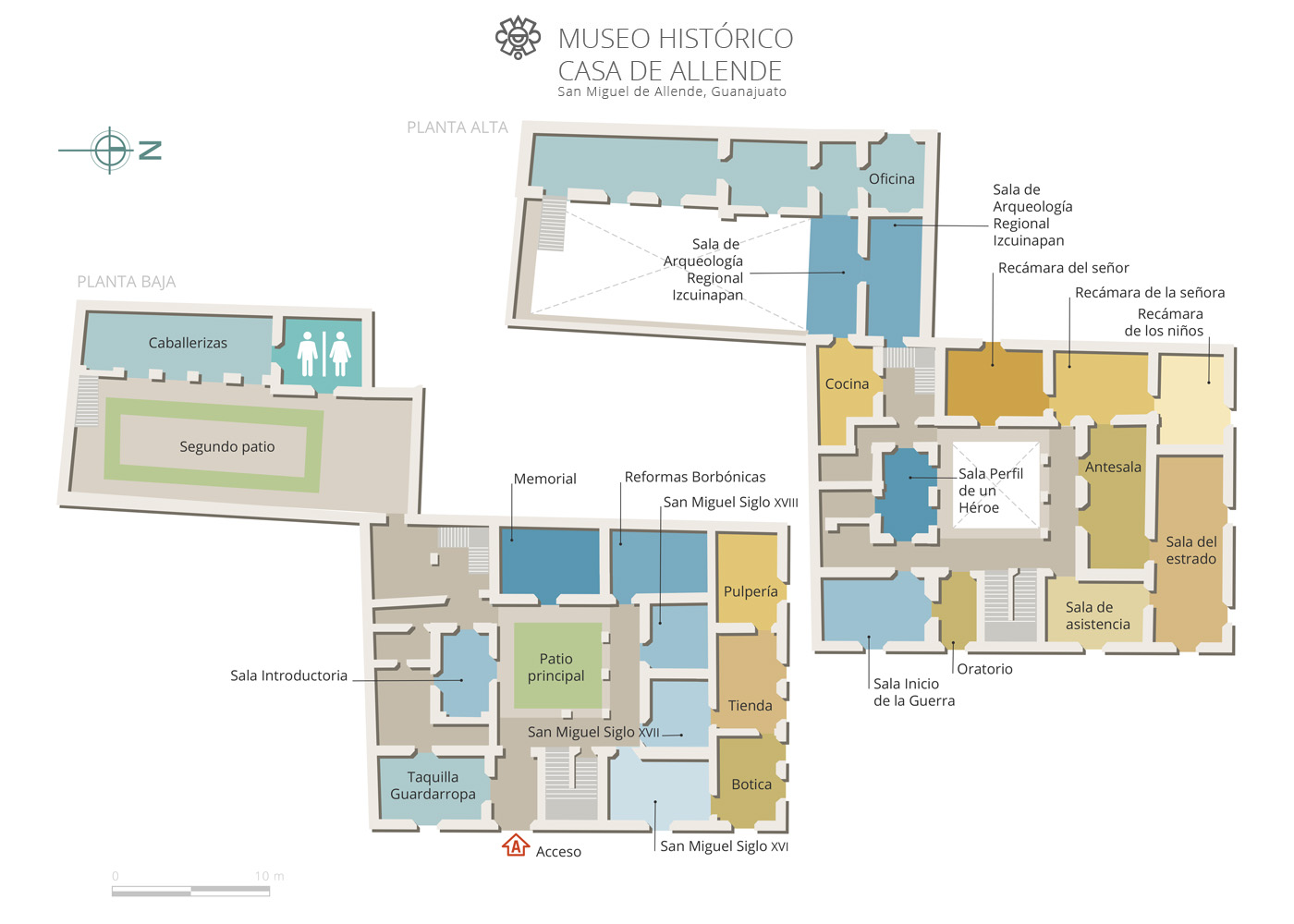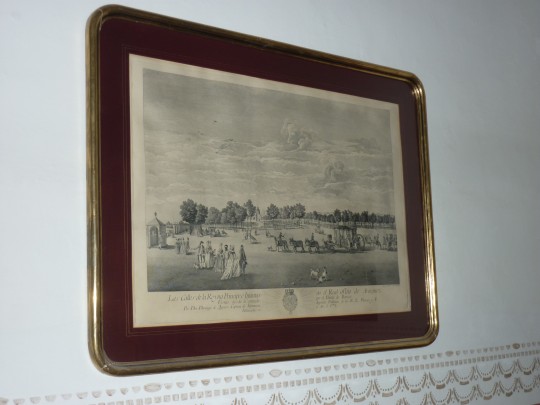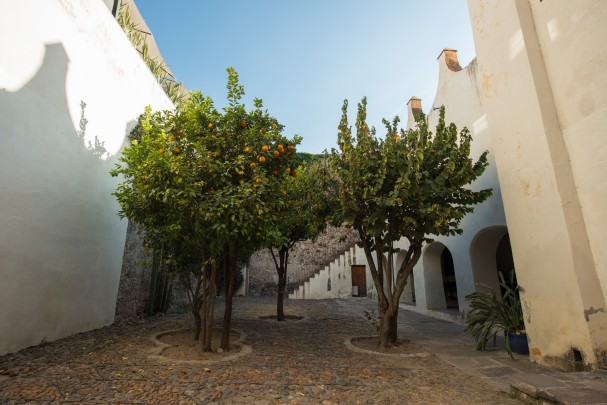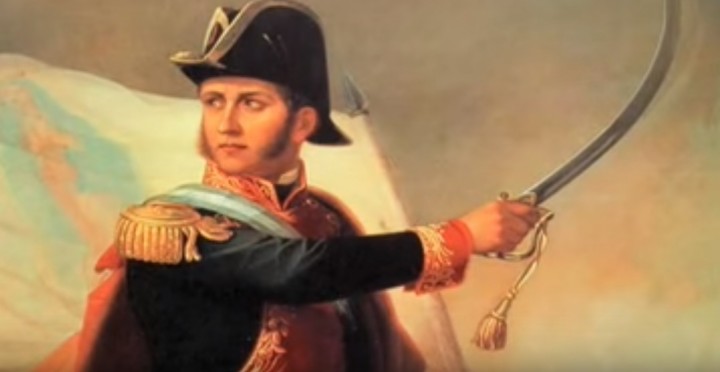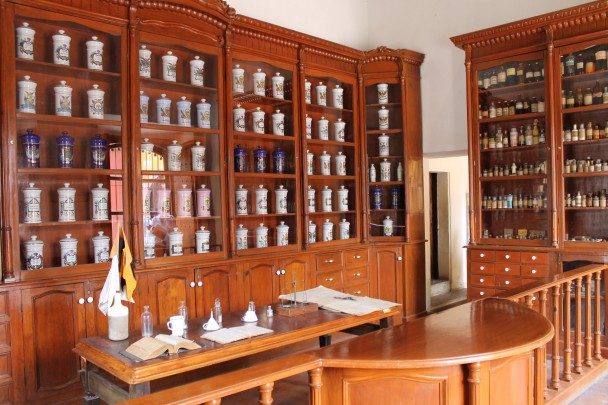The museum pays tribute to Don Ignacio Allende y Unzaga, the hero of Mexico’s independence movement, within the context of the town of San Miguel el Grande and the viceregal period. Inaugurated in February 1990, the museum is housed in the former residence of one of the major players in the first stage of the War of Independence. It was the first museum to be restructured by the National Institute of Anthropology and History (INAH) as part of the celebrations marking the Bicentenary of Independence in 2010.
Visitors to this museum will learn about the history of the town of San Miguel el Grande during the sixteenth, seventeenth and eighteenth centuries, with exhibition designs including a “pulpería”—the name given to food stores two centuries ago—and the Botica del Sagrado Corazón, a pharmacy that was still open on the same site until 1979. Emphasis is also placed on the Bourbon Reforms, whose excessive and unfair taxes stoked generalized unrest among the population of New Spain as a prelude to the great struggle for freedom; some spaces in the house have been recreated as they would have been used on a daily basis during Allende’s life (rooms, bedrooms, prayer chamber, kitchen and stables), to give a sense of how a wealthy Criollo family lived in the early nineteenth century. The life of Ignacio Allende himself is described with information about his birth, family, descendants, the start of the War of Independence when the plans were discovered, the disagreements with Don Miguel Hidalgo, and Allende’s eventual capture, trial and execution.
The independence hero’s father, Domingo Narciso de Allende, ordered the construction of this residence in 1769 as a wedding gift for his wife María Ana Unzaga and the house was probably finished in 1785. During the War of Independence, the house was confiscated by the viceregal government, but at the end of the conflict it was returned to its owners, before it was later sold to new private owners. In 1976 it was acquired by the Guanajuato state government, which in turn ceded it to the INAH in 1984 to turn it into a historical museum. A process of architectural restoration and a new exhibition design began in 2008.
This mid-eighteenth-century residence of New Spain is a harmonious blend of Baroque and Neoclassical architecture, revealing the beauty of period civil architecture of the period and the fleeting years of prosperity enjoyed in New Spain during the final decades of the 1700s. The facade, mainly built of gray “cantera” stone, contrasts with the pink cantera frames of its Baroque balconies, each one different and lavishly decorated. The arcade on the main patio stands out for an arch which is missing a column, giving the impression that it is floating; this is not only an aesthetically interesting feature but also served the practical purpose of allowing carriages to pass underneath.
The museum holds 1,047 items, and most of this collection was created with the new restoration work and consists of originals and reproductions of easel paintings, documents, sculptures, domestic objects, decorative art work, silverwork, textiles, horse-riding accessories for the sport of “charrería,” products related to the "estanco" stores operated as a state monopoly by the viceregal government, religious artefacts, flags, furniture, musical instruments, table linens, toys and weapons. This array of objects comes from Mexico’s national archives (Archivo General de la Nación), the historical archives of the Casa de Morelos in Morelia, the INAH’s National Viceregal Museum, the National Museum of Anthropology and other museums and collections.


